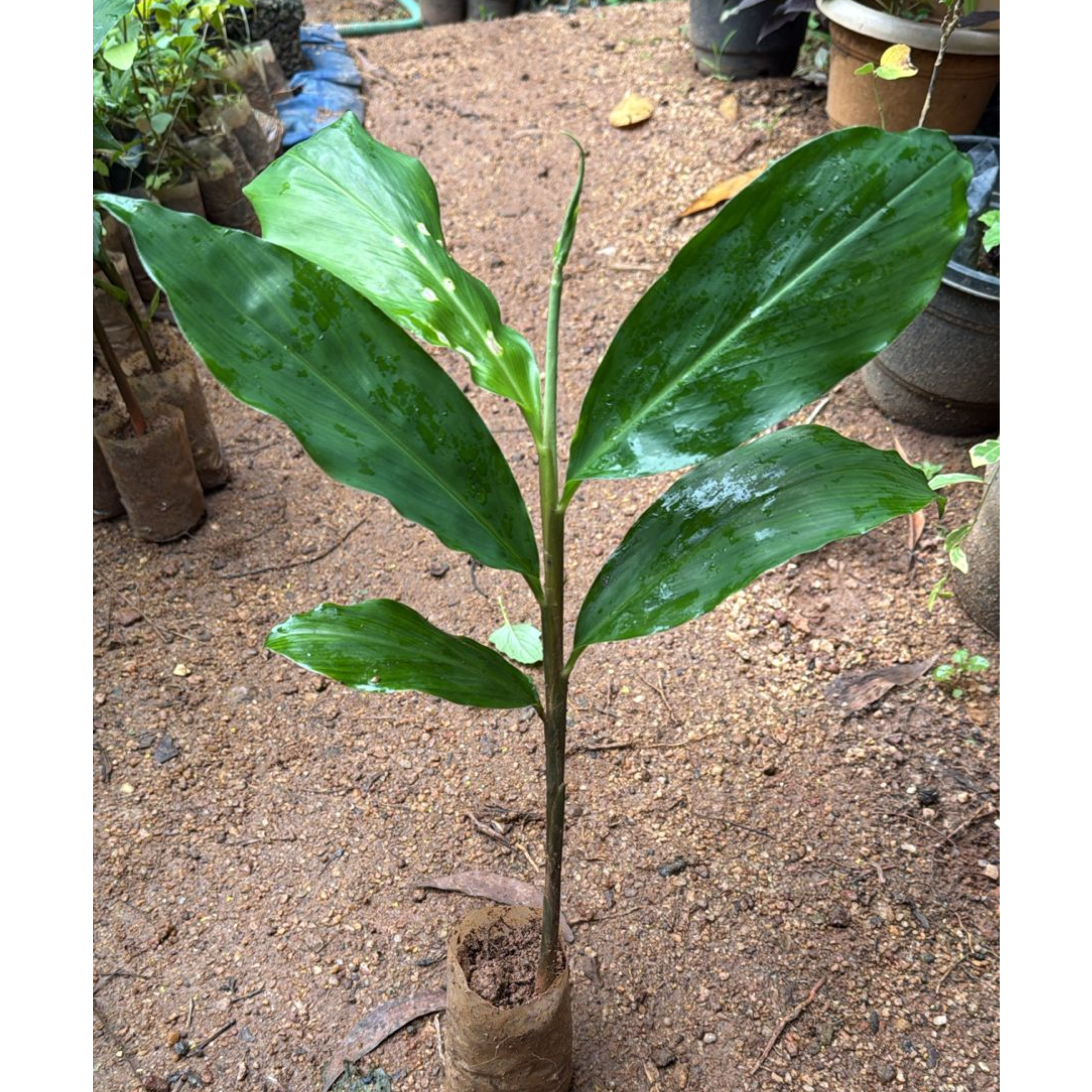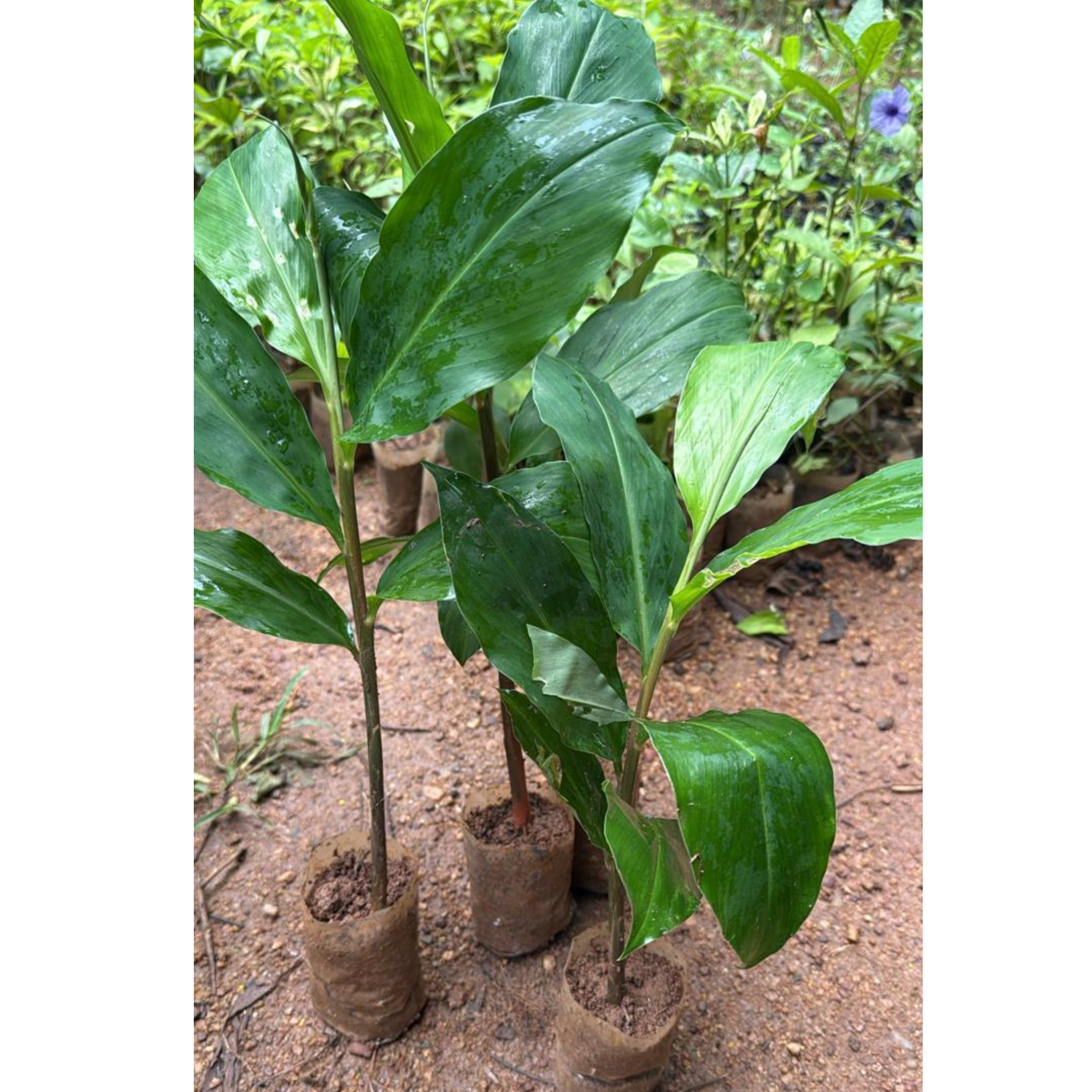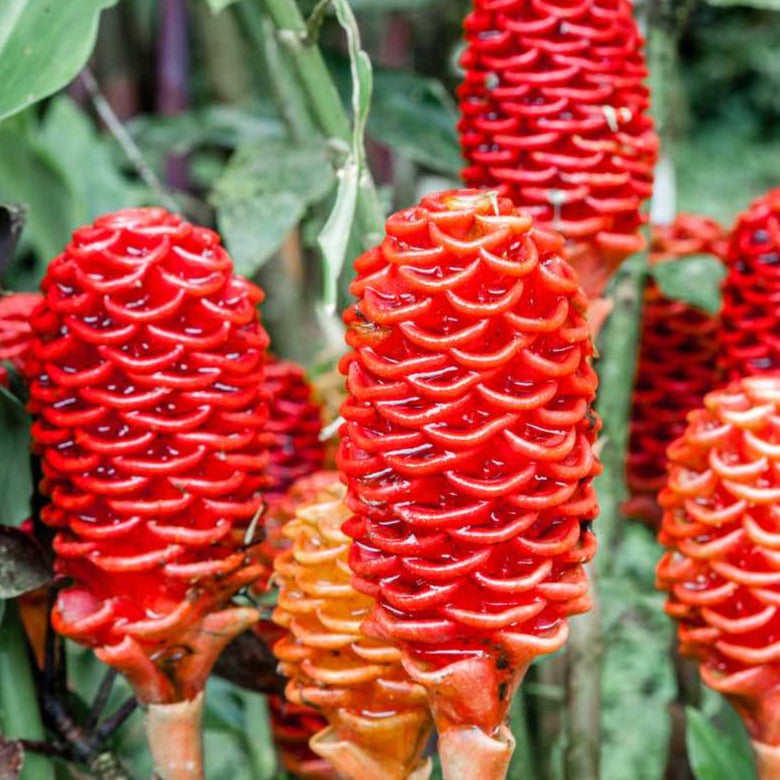



At a Glance
-

Sunlight
-

Potting Medium
-

Fertilizer
-

Planting
Product Description - Shampoo Ginger Lily Flowering Live Plant
21 REASONS to Purchase Flowering Plants from Seed2Plant 👇
✔ 7 Lakh+ Gardening Dreams Fulfilled – Making gardening easy for enthusiasts across India.
✔ Trusted by Happy Customers – Genuine reviews from plant lovers.
✔ Exclusive Discounts – Weekly promotions on selected plants.
✔ Expanding Plant Collection – Regularly adding new varieties to fulfill customer needs.
✔ Pan-India Plant Success – Our plants are thriving in all parts of India.
✔ Premium Air Shipment for Live Plants – Fast & safe delivery to maintain plant health.
✔ In-House Farm & Expert Botanists – Experienced farm team growing healthy plants.
✔ 100% Organic Growing Methods – Sustainable & chemical-free cultivation.
✔ Climate-Suitable Plants – Specially selected for Indian weather conditions.
✔ Shipped with Soil – Plants are sent with soil to reduce transplant shock and ensure better survival.
✔ Secure Packaging – Ensuring plants arrive in perfect condition with zero damage.
✔ Well-Packed & Labeled – Each plant comes with proper labeling & care instructions.
✔ Flexible Payment Options – EMI & Pay Later options available.
✔ Customer-Centric Approach – Providing real plant images before shipping for confirmation.
✔ Step-by-Step Plant Care Guide – Detailed care instructions included with every plant.
✔ Dedicated Shipping Support – Our team follows up after dispatch & resolves issues within 24 hours.
✔ Dedicated Customer Support – Quick assistance for all your queries.
✔ Multilingual Support – Assistance available in 5+ languages.
✔ Post-Delivery Guidance – Expert advice to ensure your plants thrive.
✔ Replacement Guarantee – Hassle-free replacements for any transit damage.
✔ Spreading Happiness with Every Plant – No customer from Seed2Plant has ever returned unhappy. We always bring happiness to the faces of all plant lovers who choose Seed2Plant.
FAQs - Shampoo Ginger Lily (Zingiber zerumbet) Flowering Live Plant
Can I grow the Shampoo Ginger Lily (Zingiber zerumbet) Plant in pots or containers?
Yes, it grows well in 12–18 inch pots or grow bags with proper drainage.
Does the Shampoo Ginger Lily (Zingiber zerumbet) Plant really produce shampoo?
Yes, the red cones release a fragrant, soapy liquid that can be used as a natural shampoo or conditioner.
How tall does the Shampoo Ginger Lily (Zingiber zerumbet) Plant grow?
It can reach a height of 6–7 feet under ideal conditions.
What kind of sunlight does the Shampoo Ginger Lily (Zingiber zerumbet) Plant need?
It thrives in partial shade to full sun, with 4–6 hours of sunlight daily.
How often should I water the Shampoo Ginger Lily (Zingiber zerumbet) Plant?
Keep the soil consistently moist during the growing season; reduce watering during dormancy.
What is the ideal temperature for the Shampoo Ginger Lily (Zingiber zerumbet) Flowering Live Plant?
It grows best between 21°C to 30°C and should be protected from frost and extreme heat.
What type of soil is best for the Shampoo Ginger Lily (Zingiber zerumbet) Plant?
Moist, well-draining soil enriched with compost, coco peat, or vermiculite is ideal.
What pests affect the Shampoo Ginger Lily (Zingiber zerumbet) Plant and how can I manage them?
Common pests include aphids, mealybugs, and spider mites. Use neem oil or organic insecticides to control them.
How do I harvest shampoo from the Shampoo Ginger Lily (Zingiber zerumbet) Plant?
Gently squeeze the red cones to release and collect the aromatic liquid.
Will the Shampoo Ginger Lily (Zingiber zerumbet) Plant grow back every year?
Yes, it is a perennial plant that regrows annually from its rhizomes.










